|
AC charging
Charging using Alternating Current. However, electric cars store direct current (DC) in the battery. 240 V/400 V alternating current must therefore be converted into 800 V direct current. This is done by the on-board charger in the vehicle. The Porsche Taycan charges with up to 11 kW. 800-volt technology The Porsche Taycan is the first production vehicle with 800-volt technology. Its drive system components use this voltage. At the same power output, half the cross-section of conventional 400-volt technology is sufficient for cables. In the Taycan, this saves around four kilograms in weight, reduces transmission losses and requires less installation space. The new generation of charging stations developed by Porsche Engineering Services GmbH under the name “Porsche Charging” is designed for 800-volt technology. This significantly shortens charging times because higher power outputs can be achieved. However, the vehicle components and in particular the battery (cooling) must also be appropriately adapted. Combined Charging System (CCS) The CCS plug is a combined plug for AC and DC. Normal alternating current (AC) flows through the upper, round part, direct current (DC) is transmitted through the two contacts in the lower part and is also used for high-power charging. Porsche uses the Combined Charging System as standard in Europe and North America. For Japan and China, Porsche offers the local standards (IGBT, Chademo). DC charging Charging using direct current. Here, the current is charged directly into the battery without further conversion, the rectifier is installed in the charging station. A booster in the on-board charger makes 800-volt power possible. The charging capacity of the Taycan is then up to 270 kW. Hairpin winding The stator coils of the electric motor consist of wires that are rectangular in the Taycan rather than round. The wires are bent and their shape — before they are inserted into the stator's laminated core — is reminiscent of that of hairpins, hence the name “hairpin”. The open ends are welded together using a laser beam. The manufacturing process of hairpin technology is complex, but it allows the wires to be packed more densely and thus increases the amount of copper in the stator. This increases power output and torque for the same volume. Another important advantage for a high-performance car like the Taycan is that a hairpin stator can be cooled considerably more efficiently. Lithium-ion battery The cells of this type of battery consist of an anode, cathode, separator and electrolyte. During discharge, the anode releases electrons. These move to the cathode via an external electrical load, e.g. electric drives, and current then flows. In return, positive lithium ions migrate from the anode into the electrolyte and flow through the separator to the cathode. When charging, a voltage is applied from the outside. The process is reversed: the lithium ions now migrate from the cathode to the anode and are deposited in the graphite lattice (intercalation). Lithium-ion batteries are thermally stable in a wide range. They have a low level of self-discharge and are not subject to any memory effect. Compared to lead and nickel metal hydride batteries, lithium-ion batteries offer a higher energy and power density (volumetric and gravimetric) and are therefore smaller and lighter for the same energy content. Permanently excited synchronous motors Design type electric motors. The rotor of the AC motor is equipped with permanent magnets. They provide a permanent magnetic field in the motor. The advantages include high power density, high efficiency and high power constancy over the entire speed range and in the long term. Pulse-controlled inverter This is the interface between the electric motor and the battery. The pulse-controlled inverter converts the direct current from the battery into alternating current for the electric motor when driving the electric motors. The pulse-controlled inverter determines the frequency of the rotating field in the electric motor’s stator, which sets the speed of the rotor. Energy recuperation The recovery of energy (Latin: recuperare, to recover). When the Taycan's driver presses the brake pedal, the electric motors are used as generators and deceleration therefore initially takes place without the intervention of the mechanical wheel brakes. The kinetic energy of a car is thus converted back into electrical energy, which is routed into the battery. If a car has to be decelerated strongly, more braking power is required than the electric motors can generate. In this case, the conventional (friction) brakes also intervene. A distinction can be made between overrun recuperation and brake recuperation. With overrun recuperation, the electric motors are used for deceleration when the accelerator pedal is released. In brake recuperation, the braking system is used to decide which part of deceleration is realised by recuperation and which part by conventional wheel braking. Classic design features have been reinterpreted and brought into the digital age. “Less is more applies here too,” explains Ivo van Hulten, Director Interior Design Style Porsche at Porsche AG. “The Taycan interior combines design elements typical for the brand with a new type of user experience, and impresses with its simple elegance.” Porsche will present the Taycan to a worldwide audience in September 2019. Typical Porsche: a dashboard designed for drivers and a sporty seating position The original 911's cleanly styled dashboard from 1963 was the inspiration. The stated goal was to bring it into the present day. The cockpit signals the start of a new era with its clear structure and a completely new construction. It is clearly driver-focused. The instrument panel has a clean, minimalist and ultra-modern design, and operating the controls is quick and free from distractions. The free-standing, curved instrument cluster forms the highest point on the dashboard. It is clearly focused towards the driver and ensures that everything that's needed for driving is in view. The innovative instrument cluster consists of a curved 16.8-inch screen with the rounded look that's typical of Porsche. A cowl has been omitted, which ensures a slim and modern appearance in the style of high-quality smartphones and tablets. Real glass and a vapour-deposited, polarising filter give anti-reflective properties. Drivers can choose between four display modes for the instrument cluster:
The steering wheel has a light appearance, with two models to choose from. In addition to the basic version, which can be customised with coloured inserts as part of the accent package, Porsche also offers a GT sports steering wheel option. It has a distinctive design with visible screw heads and features a typical Porsche round mode switch which can be used to select the various driving modes. The upper and lower sections of the dashboard stretch across the entire width of the vehicle in the shape of a wing. A central 10.9-inch infotainment display and an optional passenger display are combined to form an integrated glass band in a black-panel look, thereby blending in visually with the interior. All user interfaces have been completely re-designed for the Taycan. The number of traditional hardware controls, such as switches and buttons, have been greatly reduced. Instead, control is intelligent and intuitive – via touch operation or a voice control function that responds to the command “Hey Porsche”. All vehicle configurations for the Taycan, such as Porsche Active Stability Management (PASM), can easily be set up on the central screen via direct access. The driver can quickly access all apps via a clearly structured and customisable home screen. Apps include navigation, telephone, media, comfort and Porsche Connect. With optimised voice control, drivers can access the required function even faster. For the first time, front passengers in the Taycan have the option of their own touch display, allowing them to easily alter settings without distracting the driver. The elevated centre console intensifies the feeling of a low seating position, as you would expect from a Porsche. It features a large 8.4-inch touch panel with haptic feedback. This allows the air-conditioning settings to be altered directly. Integrated handwriting recognition also allows quick address inputs. Every detail has been reduced to the essentials. Like the Porsche 918, the Taycan has a compact direction selector switch in the instrument panel instead of the classic selector lever. This gives the centre console a tidy look and creates storage space. A reduction to the essentials and a clear approach are also evident for the air vents. These have been fully modernised and can be operated intuitively. Traditional, mechanically-operated louvres belong to the past, as airflows are now controlled both digitally and fully automatically ("Virtual Airflow Control"). By clicking the Climate menu, it is possible to switch between “Focused” for fast, directional cooling and “Diffused” for draught-free air conditioning. If the optional four-zone automatic climate control system (“Advanced Climate Control”) has been ordered, an additional 5.9-inch touch control panel with haptic feedback allows the system to be operated from the rear seats. A wide range of personalisation options and innovative material concepts The Taycan’s colour and material design allows for individualised equipment, from traditional through to sustainable and modern. There is also the option of classic leather as well as the sustainably tanned Club Leather “OLEA”, which uses olive leaves in the tanning process. The natural quality of the leather is accentuated by means of a special cloud print. A new feature is the fully leather-free interior with state-of-the-art surface textures. “Race-Tex” material is used, a high-quality microfibre material partially consisting of recycled polyester fibres. Its production has 80 percent less CO2 than traditional materials. The floor covering uses the recycled fibre “Econyl®”, which is made from, among other things, recycled fishing nets. The Taycan is available with a wide range of interior and exterior configurations, in both traditional and modern styles. Interior accents and trims underline the attention to detail, while meeting the highest quality standards typical of Porsche in terms of material characteristics and workmanship. Interior colours Black-Lime Beige, Blackberry, Atacama Beige and Meranti Brown are exclusively available for the Taycan. The optional interior accent package also gives customers a choice of special contrasting colour schemes in black matt, dark silver or neodyme, an elegant champagne tone. The doors and centre consoles can be wood trim, matt carbon, embossed aluminium or fabric. In addition to the host of innovations, there is another detail that no Porsche should be without. Similar to the ignition lock on conventional Porsche models, the power button is located on the left behind the steering wheel. Customers score sales experience with Porsche higher than any other brand
Atlanta, Georgia. New car customers rated Porsche as the top brand in J.D. Power’s annual Sales Satisfaction Index (SSI) Study released today. Porsche improved its overall ranking by three spots in 2018 compared to last year’s SSI Study. With an increase of 10 points to a total of 828, Porsche ranked higher than any other brand. “This achievement is the result of a customer-focused strategy that has been superbly executed by our 190 U.S. dealer partners,” said Klaus Zellmer, President and CEO of Atlanta-based Porsche Cars North America, Inc. “First and foremost, this award is for our dedicated dealers, who have invested significant time in training for their employees and committed $500 million to improving facilities in just the last five years.” The SSI Study provides an analysis of the purchase experience from a customer perspective. It is based on responses from 25,748 people who purchased or leased new vehicles this year. Particular high points for customers who bought or leased a Porsche between April and May 2018 included the delivery process, dealership facilities, and working out the details of the transaction. Porsche shoppers also expressed satisfaction with salespeople and inventory. Zellmer noted that in the first 10 months of this year, Porsche sales in the U.S. were up 3.2 percent compared to the same period in 2017. “We are glad to see growth going hand-in-hand with continually improving the customer experience,” he said.
The future of mobility is another step closer: Series production of the first purely electric Porsche is set to begin next year. In preparation, the vehicle has now been given its official name: The “Mission E” concept study, the name currently used to describe Porsche’s complete electric offering, will be known as the Taycan.
The name can be roughly translated as “lively young horse”, referencing the imagery at the heart of the Porsche crest, which has featured a leaping steed since 1952. “Our new electric sports car is strong and dependable; it’s a vehicle that can consistently cover long distances and that epitomises freedom”, explains Oliver Blume, Chairman of the Executive Board of Porsche AG. The oriental name also signifies the launch of the first electric sports car with the soul of a Porsche. Porsche announced the name for its first purely electric series as part of the “70 years of sports cars” ceremony.
Two permanently excited synchronous motors (PSM) with a system output of over 600 hp (440 kW) accelerate the electric sports car to 100 km/h in well under 3.5 seconds and to 200 km/h in under twelve seconds. This performance is in addition to a continuous power level that is unprecedented among electric vehicles: Multiple jump starts are possible in succession without loss of performance, and the vehicle’s maximum range is over 500 km in accordance with the NEDC.
Names with real meaning
At Porsche, the vehicle names generally have a concrete connection with the corresponding model and its characteristics: The name Boxster describes the combination of the boxer engine and roadster design; Cayenne denotes fieriness, the Cayman is incisive and agile, and the Panamera offers more than a standard Gran Turismo, which is what allowed it to win the Carrera Panamericana long-distance race. The name Macan is derived from the Indonesian word for tiger, with connotations of suppleness, power, fascination and dynamics. Future investment doubled Porsche plans to invest more than six billion euro in electromobility by 2022, doubling the expenditure that the company had originally planned. Of the additional three billion euro, some 500 million euro will be used for the development of Taycan variants and derivatives, around one billion euro for electrification and hybridisation of the existing product range, several hundred million for the expansion of production sites, plus around 700 million euro for new technologies, charging infrastructure and smart mobility. Extensive modifications and expansion at the Zuffenhausen headquarters At the Porsche headquarters in Zuffenhausen, a new paint shop, dedicated assembly area for the Taycan and a conveyor bridge for transporting the painted bodies and drive units to the final assembly area are currently being constructed. The existing engine plant is being expanded to manufacture electric drives and the body shop will also be developed. Investment is also planned for the Weissach Development Centre. Production of the Taycan is creating around 1,200 new jobs in Zuffenhausen alone.
A range of over 500km (NEDC) and recharging of 400km in only 15 minutes. Time to experience a completely new side of emobility and discover far flung destinations.
Watch this video to learn all you need know about the Mission E Cross Turismo. Read more about the car here: www.porsche.com/Cross-Turismo With the Mission E Cross Turismo, Porsche will be unveiling the concept study of an electrically driven Cross Utility Vehicle (CUV) at the Geneva Motor Show. This car has many talents and is aimed at people who like to spend their free time travelling, playing sport and pursuing other outdoor activities. Thanks to all-wheel drive, every ski slope is easy to reach, while the flexible interior creates space for all kinds of sports equipment and modern load-carrying systems facilitate the transport of surfboards or a Porsche e-bike. The strengths of the four-door four-seater include an emotional design with striking off-road elements as well as an innovative display and operating concept with touchscreen and eye-tracking control. Measuring 4.95 metres in length, the concept vehicle has all-wheel drive and an 800-volt architecture, prepared for connection to the fast charging network. It can also be charged by induction, at a charging station or using the Porsche home energy storage system. The road-ready Mission E Cross Turismo builds on the Mission E study Porsche demonstrated at the 2015 International Motor Show (IAA) and uses elements that are close to series production. The design: unmistakable Porsche DNA A low-cut bonnet between heavily curved wings: the front of the Mission E Cross Turismo reveals its relationship to the sports car icon Porsche 911 at first glance. Vertical air inlets in the front, known as air curtains, are a distinctive design feature. Another stylistic highlight are the matrix LED headlights. The brand’s typical four-point daytime running lights have evolved into narrow, three-dimensional glass elements. Embedded in four sweeping wings, these also contain an innovative four-point indicator light. At the same time, the vehicle has high-performance full beams with Porsche X-Sight technology. The off-road design elements include robust wheel arch protection and door sills, a striking front spoiler and lower rear and increased ground clearance. The silhouette is defined by a sporty roofline that slopes off to the rear, which Porsche designers refer to as a ‘flyline’. This is reminiscent of the rear of the Panamera Sport Turismo. Equally distinctive for the brand is the dynamic shape of the side windows. The broad wings and three-dimensional side panels with air outlets behind the front wheels reinforce the sporty crossover character of the concept car, which is 1.99 metres wide. Other distinctive features include the eye-catching side door sills with their off-road appearance and 20-inch wheels with 275/40 R 20 tyres. Even from behind, the study can immediately be recognised as a Porsche with its exclusively light grey metallic paintwork. In addition to its sporty design and air-channelling roof spoiler, the continuous light strip is a typical feature. The luminescent white Porsche logo is composed of glass letters embedded in a three-dimensional cover with a circuit board design. During charging, the ‘E’ in the Porsche logo pulsates, and the circuit board is brought to life by pulses of light. This makes the flow of energy impressively visual for the customer. A large panoramic glass roof extending from the windscreen to the boot lid ensures a generous sense of space. Variability: equipped for all mobility needs The Mission E Cross Turismo presents a picture as to what a Turismo model with features of a crossover utility vehicle could look in series production – a car that is equally suitable for travelling, everyday life and adventure, filling the role of a versatile companion both in the city and in the countryside. The crossover model is aimed at people who like to spend their free time playing sport or pursuing other outdoor activities. Passengers stand to benefit from the flexible nature of the four-seater, which measures 1.42 metres in height. For example, the backrest of each individual seat in the rear has a load-through facility. This can be used for skis and other long equipment. The backrests themselves can be folded down. Additionally, the boot features a rail system with adjustable and removable straps. These can be used to secure items quickly and safely. To give the passengers of the Mission E Cross Turismo various mobility options beyond the car, the Porsche e-bike supports its rider with a powerful electric drive when the pedals are turned. It is a mobility offer that does mean Porsche customers do not have to go without the design, technology and performance of a Porsche when they are on two wheels in their free time. The interior: visible lightweight structures The interior reinterprets classic Porsche elements, bringing them into the digital age. Take the dashboard, for example, which emphasises the vehicle’s width and is composed of a wing-shaped upper and lower part. The instrument panel is clearly organised horizontally with an extra-wide display for the driver and front passenger. The freestanding instrument cluster is angled towards the driver and includes three circular display graphics with digital content on TFT screens. The centre console between the front seats rises towards the dash panel. In combination with the ambient lighting, the indirect lighting of the centre console creates a unique atmosphere. The interior design features also include visible lightweight structures, which can be found on the instrument panel and other places as well as the sporty seats, reminiscent of those found in racing cars, with illuminated Porsche lettering. The door lining has innovative three-dimensional elements with a textured surface. Anodised edges in Nordic Blue on features such as the air vents and window lift modules create a contrast to the exclusive bicolour concept of the interior with aniline leather in black and light grey. The drive: sporty e-performance thanks to output of over 600 hp Two permanent magnet synchronous motors (PSM) with a system output of more than 600 hp (440 kW) allow the Mission E Cross Turismo to accelerate to 100 km/h in less than 3.5 seconds and to reach a speed of 200 km/h in under 12 seconds. Furthermore, the level of continuous power is unmatched by any other electric vehicle: multiple accelerations are possible in direct succession without loss of performance. Power is guaranteed on any surface thanks to on-demand all-wheel drive with Porsche Torque Vectoring, which automatically distributes torque to individual wheels. The chassis: adaptive air suspension for comfort and agility The all-wheel steering contributes to the exemplary agility and stability of the vehicle. Adaptive air suspension increases the ground clearance by up to 50 millimetres. Porsche Dynamic Chassis Control (PDCC) is also on board, providing active roll stabilisation and preventing side tilt of the vehicle when cornering and reducing lateral rocking of the vehicle on uneven surfaces. The display and operating concept: a unique user experience The innovative display and operating concept is a design highlight of the Mission E Cross Turismo. Intuitive operation and information that is optimally positioned in the field of vision, such as the head-up display, do not distract the driver. Thanks to new connectivity solutions, the vehicle can also be perfectly integrated into a digital lifestyle. The result is a unique user experience. Here are the most important displays and operating options: Driver display with eye-tracking control: The instrument cluster comprises three virtual round instruments that are divided into areas for Porsche Connect, performance, drive, energy and Sport Chrono. Using a camera in the rear-view mirror, the eye-tracking system detects which instrument the driver is looking at. The displays he or she can see are then brought to the foreground, while others are made smaller when the driver looks away. Operations are carried out using smart touch controls on the steering wheel. Passenger display: This screen extends across the full width of the passenger side. Using eye-tracking and touch screen technology, the passenger can operate various apps to control features such as media, navigation and air conditioning as well as contact lists. Centre console touch panel with detailed information menus. Small touch screens: These are placed both in the multifunctional window lift modules (for seat adjustment and comfort functions) as well as in the slatted air vents on the right and left of the dashboard. For example, swiping from left to right can increase the fan speed. The ‘smart cabin’ approach simplifies operation. Vehicle settings, interior climate and ambient lighting are automatically adapted in line with the preferences of the occupants and the driving situation. Even outside the vehicle, the driver can access a wide range of information and make settings: all customisation options can be planned ahead using a tablet, smartphone or smartwatch – from air conditioning to on-board navigation. DestinationsApp: a personal travel companion
Porsche Connect already offers more than 20 digital services and apps. In the Mission E Cross Turismo, software called DestinationsApp shows what added value the digital platform could offer in the near future, making it possible to organise a weekend trip in a few convenient steps on the smartphone. The app inspires users with travel destinations, facilitates quick and easy bookings and takes care of route planning, food and sports equipment. DestinationsApp even allows you to adapt the body of the Mission E Cross Turismo to your chosen route and to select appropriate music, air conditioning settings and ambient lighting. Charging: fast and straightforward The 800-volt architecture of the vehicle ensures that the lithium-ion battery can be charged for a range of around 250 miles (400 kilometres – according to the NEDC) in just over 15 minutes. Charging of the concept vehicle is flexible and can take place on the road or at home. The vehicle is prepared for connection to the fast charging network, which is being created on arterial roads as part of the IONITY joint venture. Additionally, the battery of the Mission E Cross Turismo can be replenished using induction, a charging station or a Porsche home energy storage system. The latter is compatible with solar power generated by domestic photovoltaic systems. |
Archives
February 2024
Categories
All
|
Your Porsche SpecialistServing all your Porsche Long Island dealer needs (Nassau & Suffolk), New York City (Queens, Manhattan, Brooklyn, Bronx, Staten Island) & surrounding areas. Our NY Porsche dealership is conveniently located on NY's Long Island Gold Coast in Jericho.
We are an authorized Porsche dealer for your next Porsche 718, Porsche 911, Porsche Taycan, Porsche Panamera, Porsche Cayenne, and Porsche Macan. |
Sam GadkarTop 100 Worldwide - Sales Excellence
Porsche Certified Global Brand Ambassador Porsche Exclusive Manufaktur Partner Cell/Text: 516.476.0167 E-mail: sam@porschegoldcoast.com |
Porsche Gold Coast125 South Service Road
Jericho, NY 11753 Cell/Text: 516.476.0167 Dealer Site: www.porschegoldcoast.com Porsche Roslyn is now Porsche Gold Coast |
Images and photos copyright Porsche Cars North America, Inc., or Porsche Gold Coast
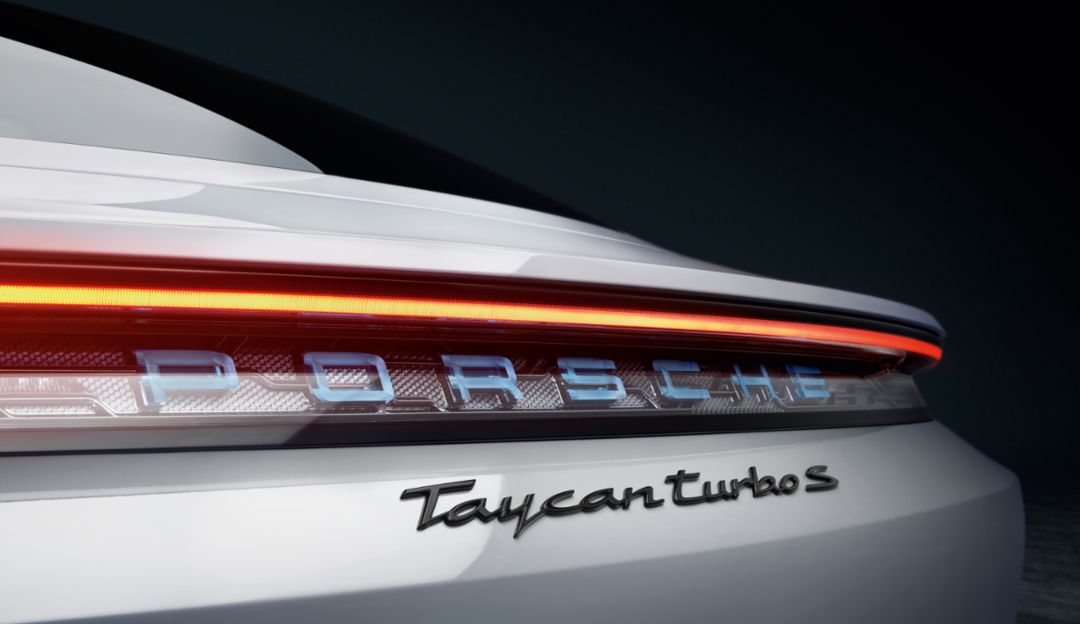
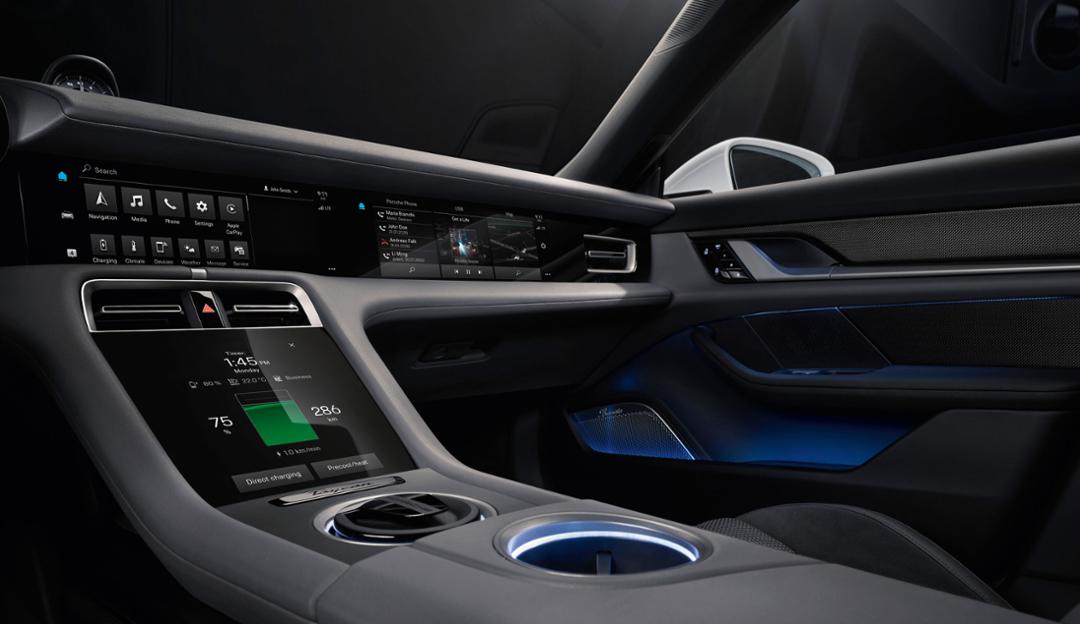
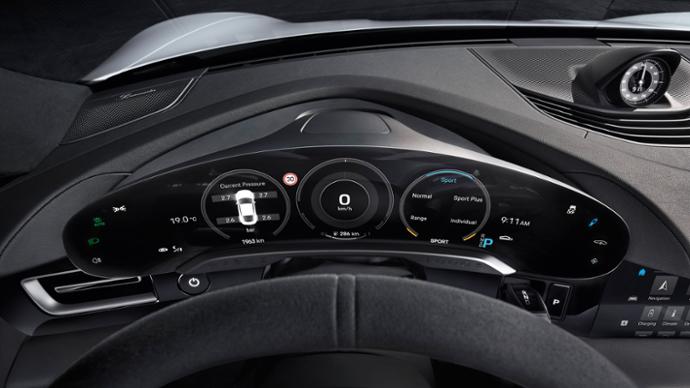
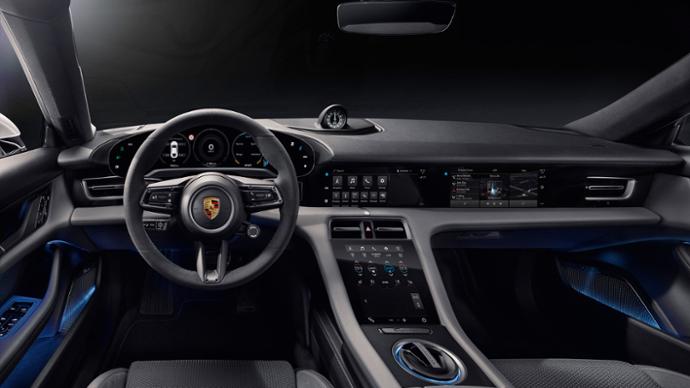
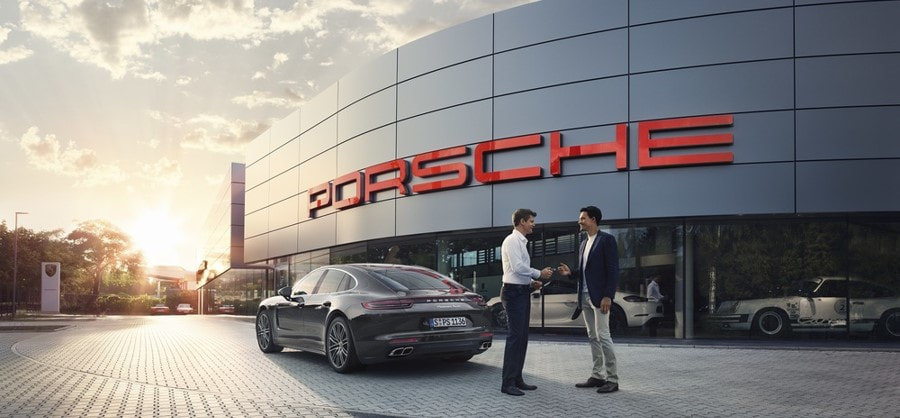
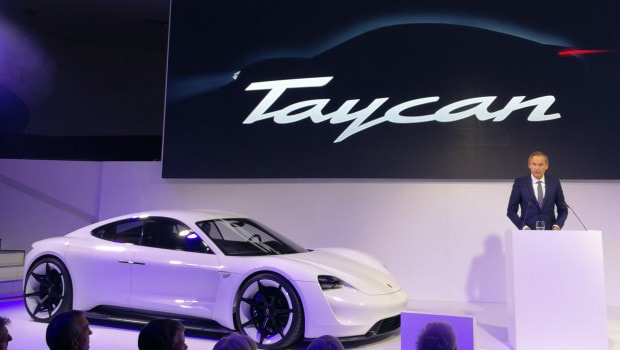
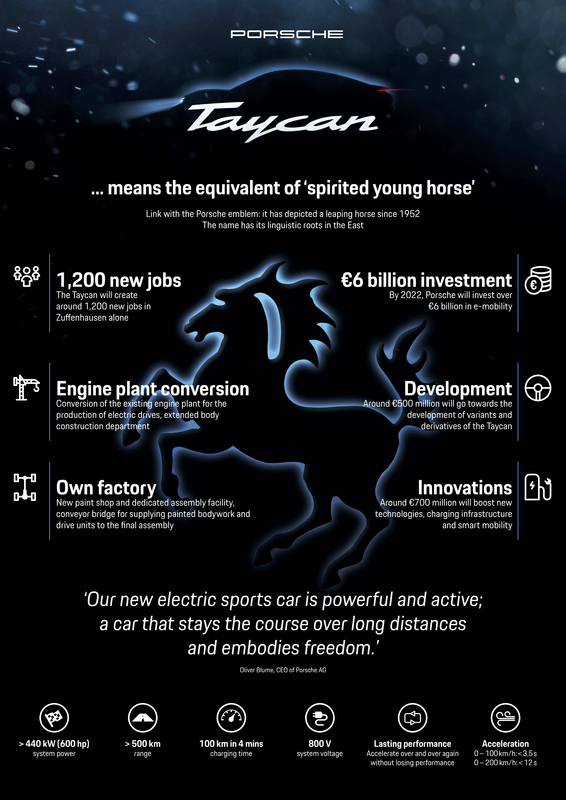
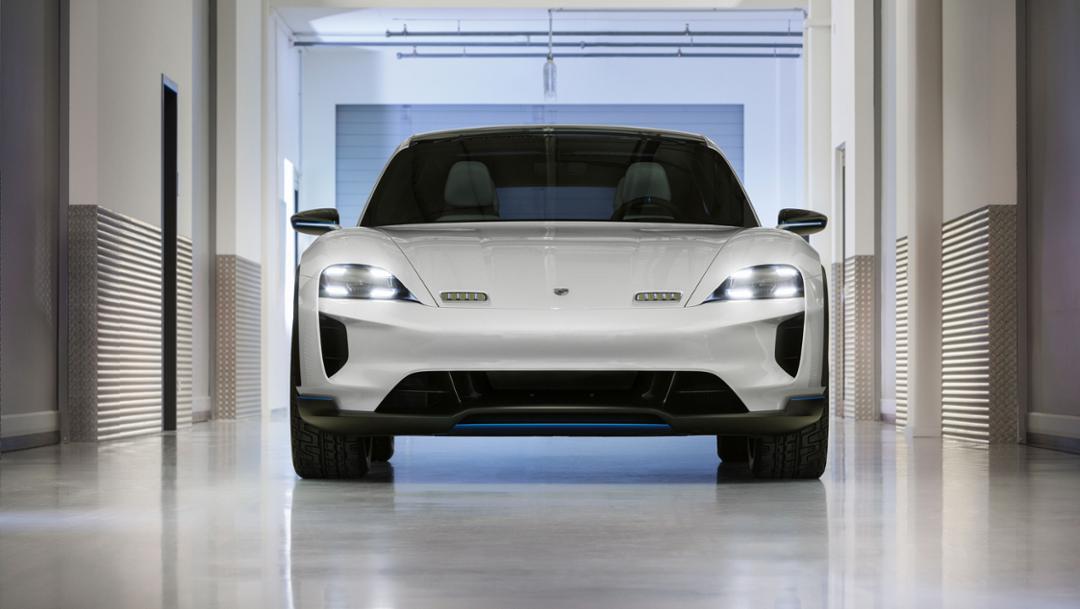
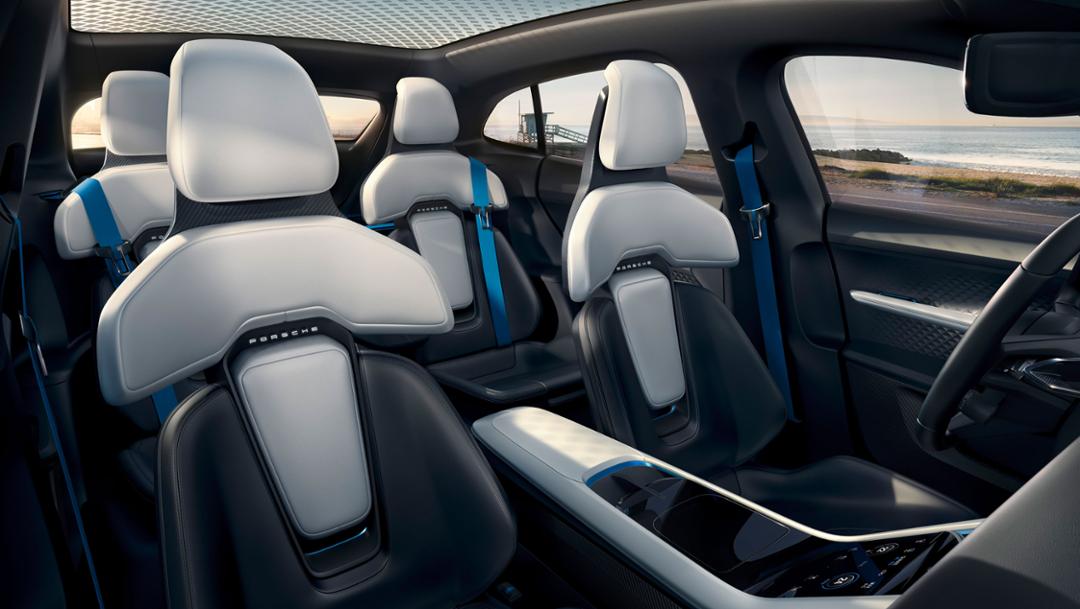
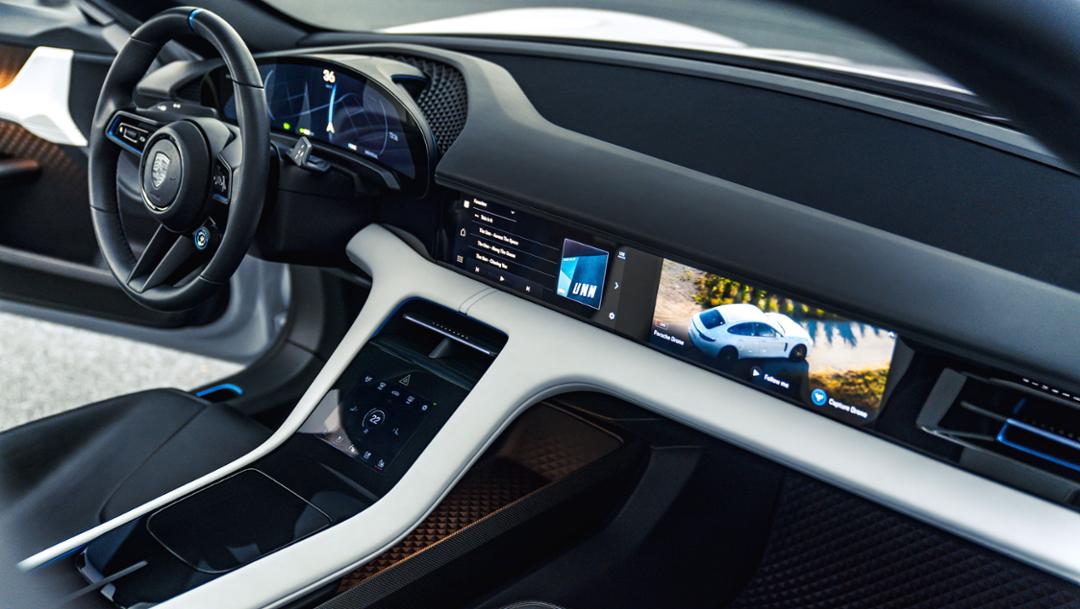
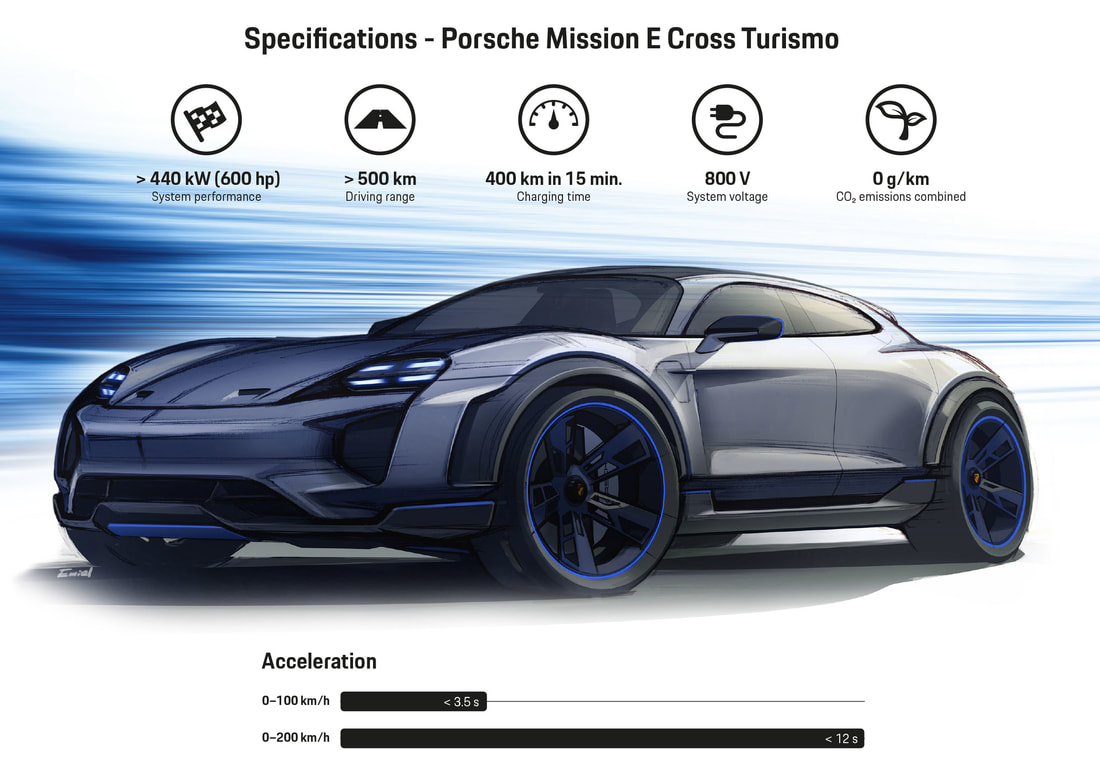

 RSS Feed
RSS Feed